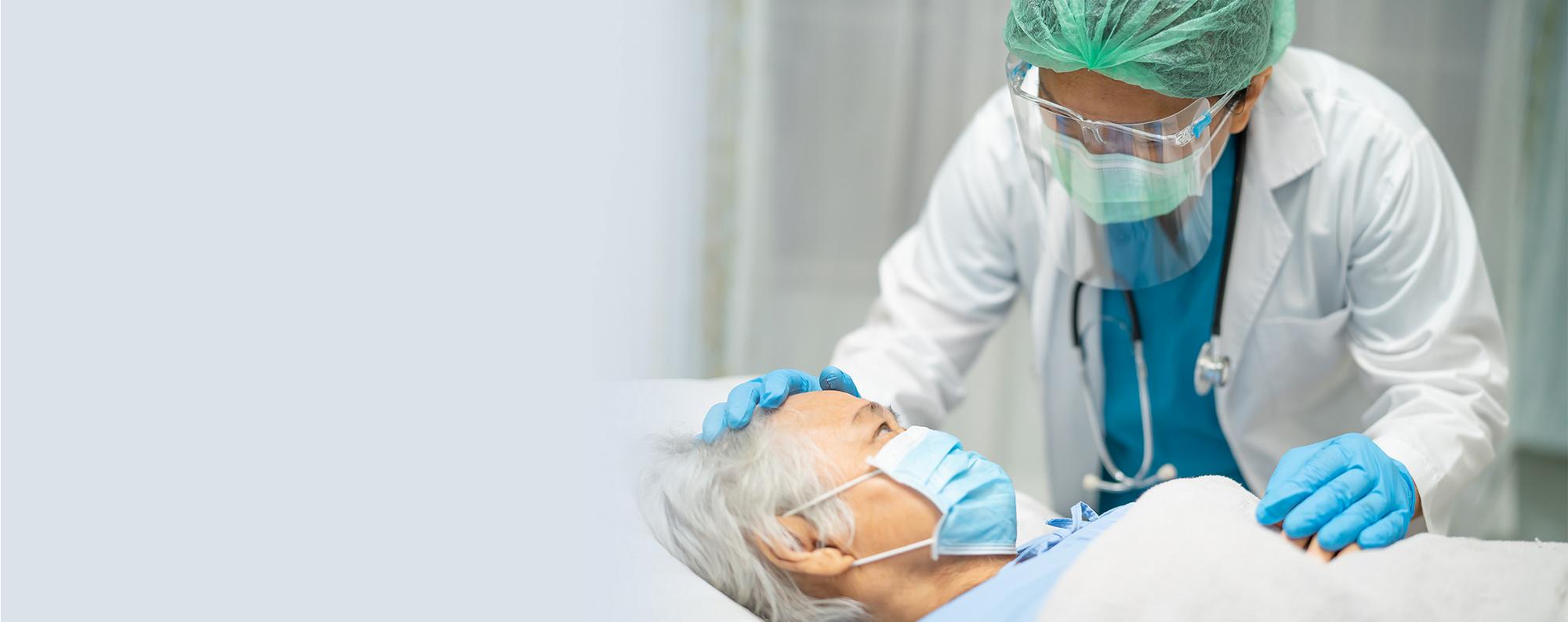Solutions Designed to Help You Support Patient Safety Initiatives
All too often, life-altering health events are accompanied by costly complications. To manage these events, you need solutions that can help you address primary safety concerns.
Patient Deterioration is a Challenge We Must All Address
You work tirelessly every day for your patients, and you are constantly trying to find new ways to tackle the challenges in your clinical environment. Patient deterioration can be difficult to detect — and it can have serious consequences.
17%
As many as 17% of patients admitted to US hospitals suffered a critical event during their stay.1
20%
Sepsis has been shown to account for ~20% of all global deaths.2


As Your Patients Work Toward Recovery, Are Pressure Injuries Working Against Them?
Pressure injuries are all too common in hospitals and long-term care facilities. Pressure injuries are associated with:4
longer length of stay4
higher mortality rate4
higher readmission rate within 30 days4
Discover how to support pressure injury protocols and help keep your patients on the path to recovery.
Looking for Support for Your Pressing Patient Safety Initiatives?
Complete this form to contact your Baxter representative.

References
- Baxter internal data on file
- Rudd KE, Johnson SC, Agesa KM, Shackelford KA, Tsoi D, Kievlan DR, Colombara DV, Ikuta KS, Kissoon N, Finfer S, Fleischmann-Struzek C, Machado FR, Reinhart KK, Rowan K, Seymour CW, Watson RS, West TE, Marinho F, Hay SI, Lozano R, Lopez AD, Angus DC, Murray CJL, Naghavi M. Global, regional, and national sepsis incidence and mortality, 1990-2017: analysis for the Global Burden of Disease Study. Lancet. 2020 Jan 18;395(10219):200-211. doi: 10.1016/S0140-6736(19)32989-7.
- Fecho K, Jackson F, Smith F, Overdyk FJ. In-hospital resuscitation: opioids and other factors influencing survival. Ther Clin Risk Manag. 2009;5:961-8. doi: 10.2147/tcrm.s8121. Epub 2009 Dec 29. PMID: 20057895; PMCID: PMC2801589.
- Lyder, et. al. Hospital-acquired pressure ulcers: Results from the National Medicare Patient Safety Monitoring System (MPSMS) study. J Am Geriatr Soc 60:1603-1608, 2012.

